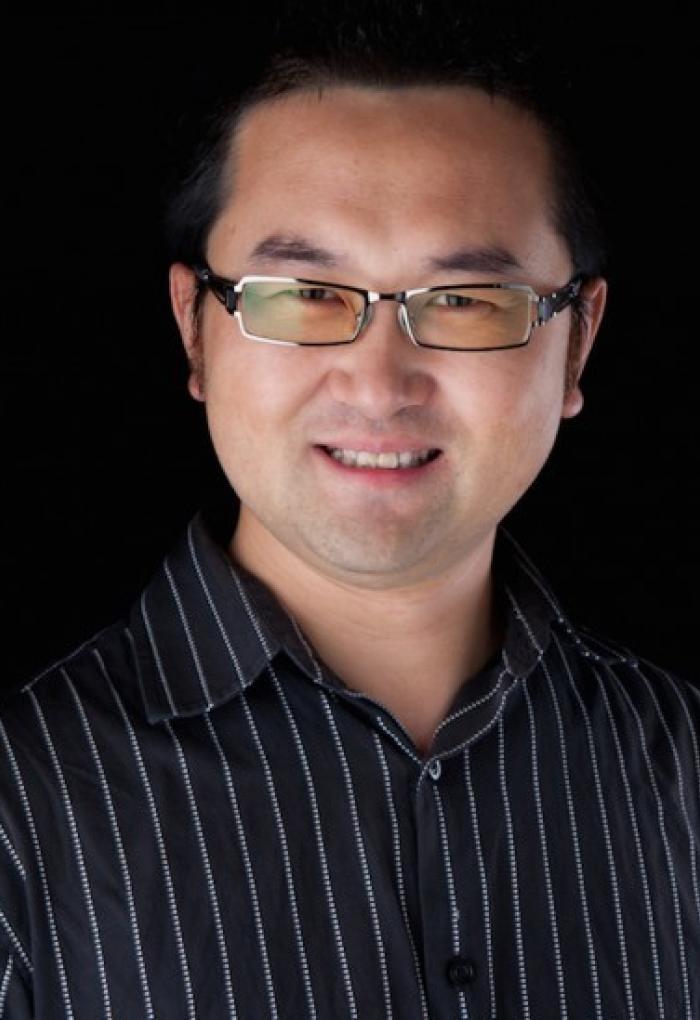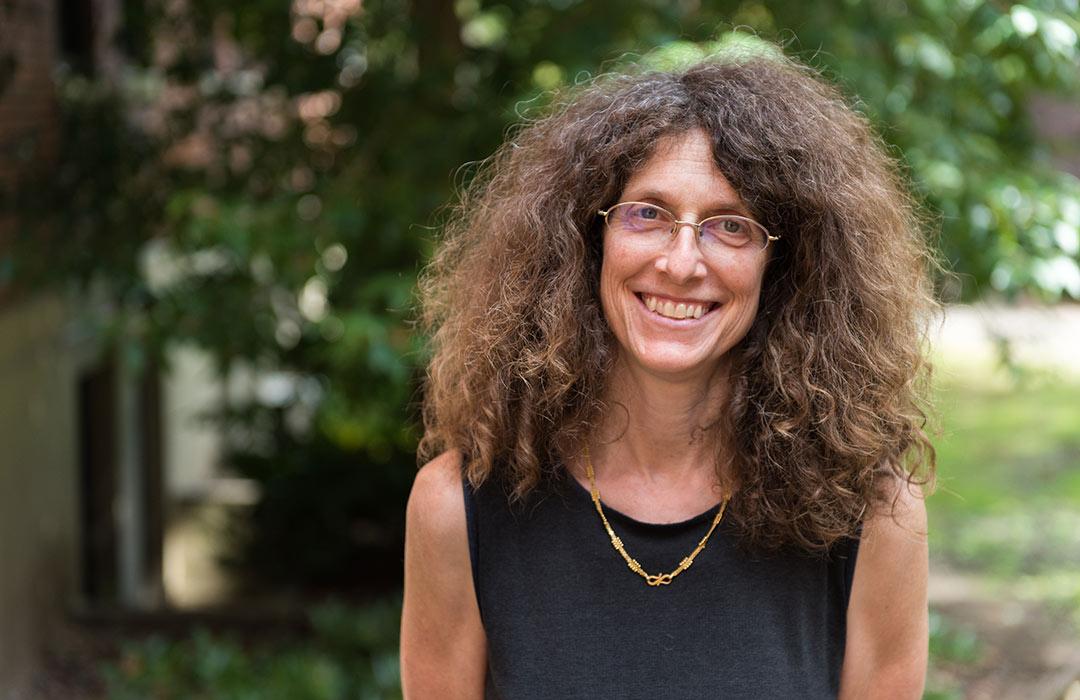Nyman is in the news for successfully isolating water soluble metal oxides, a discovery with many beneficial industrial and environmental applications. Until Nyman invented a process to capture highly stable, non-reactive metal oxides in water, scientists didn't know how to capture metal-oxo clusters in stable form and had struggled with the problem for decades.
Metal oxides help degrade air and water pollutants, and Nyman’s breakthrough allows industry to produce them with the absolute control needed for high-performance materials in electronic circuits.
Currently, Nyman’s group is exploring new chemistries to discover the cluster forms of other metals in the periodic table. If successful, they would be able to harness some of the most Earth-abundant and least-corrosive metals for building transformative energy and environmental technologies that will contribute to a healthy planet.
Transparent electronics beyond touchscreens
Globally renowned materials physicist Janet Tate works at the confluence of modern materials science and the nanotechnology industry. She has investigated the traits of a class of chalcogenide semiconductors of barium copper sulfide fluoride (BaCuSF) and its variants and derivatives. In collaboration with Douglas Keszler, distinguished professor of chemistry, she discovered unique properties of this class of semiconductors that helped Oregon State engineers devise some of the technology for brighter displays at higher resolutions in Apple's laptop retina screens.
Tate’s current research explores new properties in semiconductors by stabilizing materials and materials combinations. A member of the prestigious Energy Frontier Research Center funded by the U.S. Department of Energy, Tate and her students collaborate with the National Renewable Laboratory and other researchers from Harvard, Berkeley, SLAC, Colorado School of Mines and the University of Colorado.
Recently, Tate and her team succeeded in making metastable alloys of SnS and CaS and of SnSe and CaSe, materials of interest to thermoelectric and photovoltaic communities. The team was able to control the structure to manipulate the current-carrying ability and the light-absorption properties, which can pave the path for efficient thermoelectric and photovoltaic technologies to tackle the current challenges of energy crisis and global warming.
At OSU, sustainable materials science has emerged as a vibrant and core strategic area of innovation and research to support sustainable practices. As catastrophic changes ravage the global environment, the work of scientists has never been more important.
***Read the rest of this series on how scientists at Oregon State are tackling global warming:
Warm Oceans need Cool Science (introduction)
Quantifying Risk
Informing Policy






